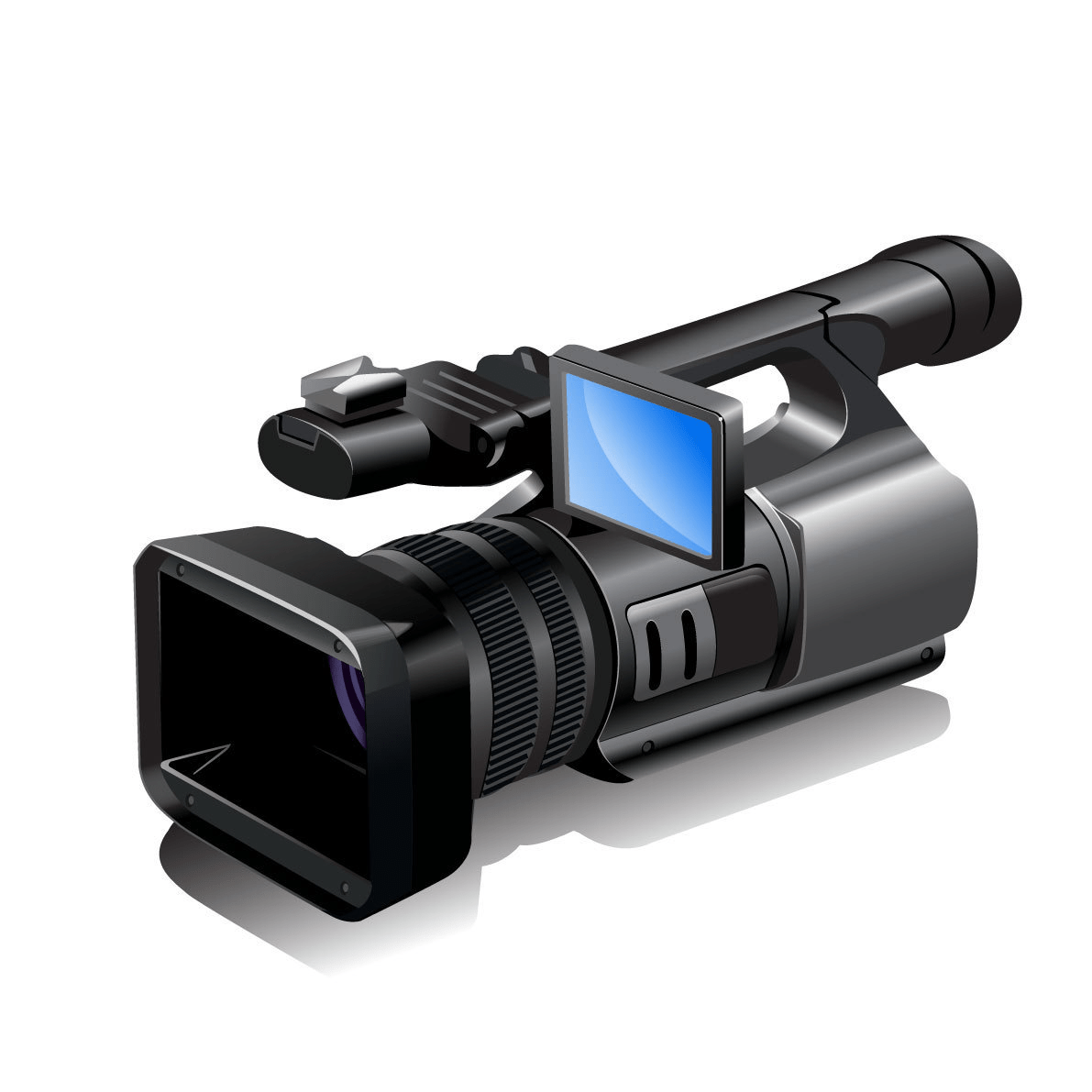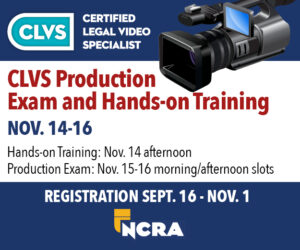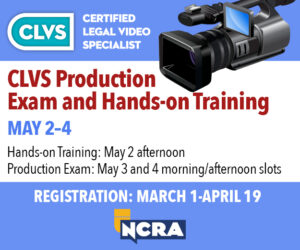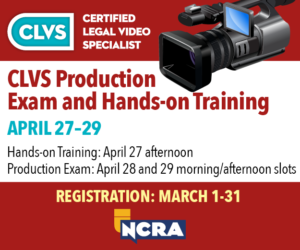By LaJuana Pruitt
IME: Independent Medical Examination
CME: Compulsory Medical Examination
NME: Neuropsychiatric Medical Examination
VME: Vocational Medical Examination
Whatever you call them, being present at medical examinations of any kind is often a learning experience. Doctors are specialists in their field, whether they are neurosurgeons, orthopedic surgeons, chiropractors, orthodontists, PhDs, etc. It’s always good to be prepared.
Independent and Compulsory Medical Examinations
In the beginning they were called IMEs, Independent Medical Examinations, simply stating that the doctor is not a treating physician, and they are giving an “independent” diagnosis of the client’s injuries. Over time, the name IME has been changed to CME, Compulsory Medical Examination. Compulsory meaning required, mandatory, or must be performed. Changing the name to Compulsory tells the doctor and the client that they are “required” to attend an examination by a doctor in the specialty of their injury. A CME is generally performed a year or more after the injury to give the patient time to heal. The examining doctor cannot be the client’s treating physician. The defense counsel is looking for an independent report as to their medical condition.
Generally, the defense attorney sets the appointment with the doctor while the plaintiff’s attorney hires the court reporter and the videographer. The court reporter is not always present in the room. The videographer may be the only one present. The defense counsel gets the report from the doctor, and the plaintiff’s attorney gets the video.
All the videographer needs to record a CME is a camera, tripod or monopod, and good audio. The plaintiff’s attorney wants to know what questions the doctor asked and what they did in the examination. The reporter writes down everything that is said, and the videographer videotapes every move the doctor makes. The attorney wants to see where the doctor places his or her hands and how they maneuver the patient. Plaintiff’s counsel wants to compare the video to the written report. Your video of the IME/CME is a work product. You should not share this video with defense counsel.
When you record a CME, you record the doctor coming in and introducing themselves to the patient. If you can get both the doctor and the patient in the frame, that is great; if not, once the doctor starts asking the history questions, you move the camera on the patient. The patient could point to an area that the doctor is asking about. Depending on the examiner, the patient may be required to put on a gown. You take a break, the patient changes, and when the patient is ready, you reenter the room. The doctor then does the actual physical examination.
It is your job to videotape, as best you can, everything the doctor does to the patient. You do not want the doctor’s back the entire time. You have got to move around the room and capture what the doctor is doing. Tripods fold up to become a monopod, or you can go handheld. Best practice is to keep the camera rolling until the doctor has departed the room.
Neuropsychiatric and Vocational Examinations
Neuropsychiatric and vocational examinations are somewhat different. In these examinations, you are not allowed in the room. The camera can be left in the examination room, and the videographer can record the audio and video and sit in another room or the outside hall. During a break, you can change the media. When there is a court reporter present, you can offer them a set of headphones, and they can hear everything that is being said.
The videographer monitors the room’s audio and video and records it to a separate source as a backup. When you set up in a separate room, be sure to have plenty of long cables to reach around the corner. The attorney who is hiring you should notify you as to the requirements of the specialist performing the examination. If you’re not sure, call them the day prior.
Additional notes on medical examinations
Unless the case settles, the examining doctor is generally deposed before trial.
COVID-19 has been an issue for some medical examinations. Some doctors are requiring the reporter and videographer to wear masks, goggles, gloves, and gowns.
Something else to think about: If you have an issue with your camera, which can happen, you always have another camera with you – your cell phone.
LaJuana Pruitt, CLVS, is an NCRA Member and an NCRA-certified legal videographer based in Bradenton, Fla. She has served on the NCRA Certified Legal Video Specialist (CLVS) Council. She can be reached at premiervideo@juno.com.







